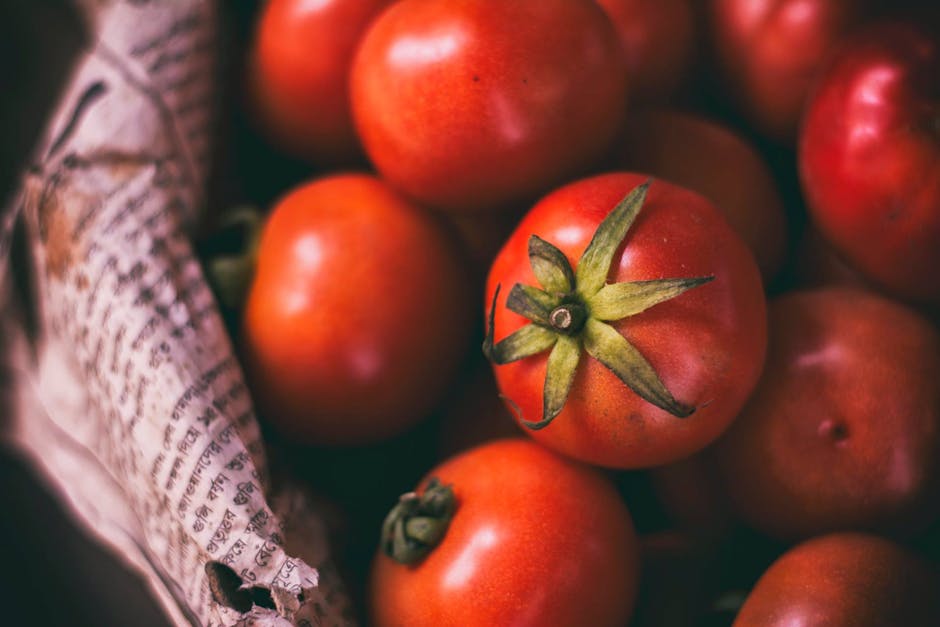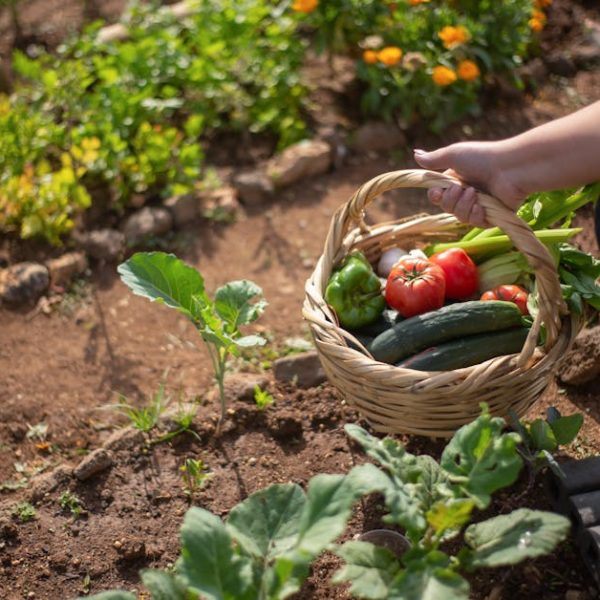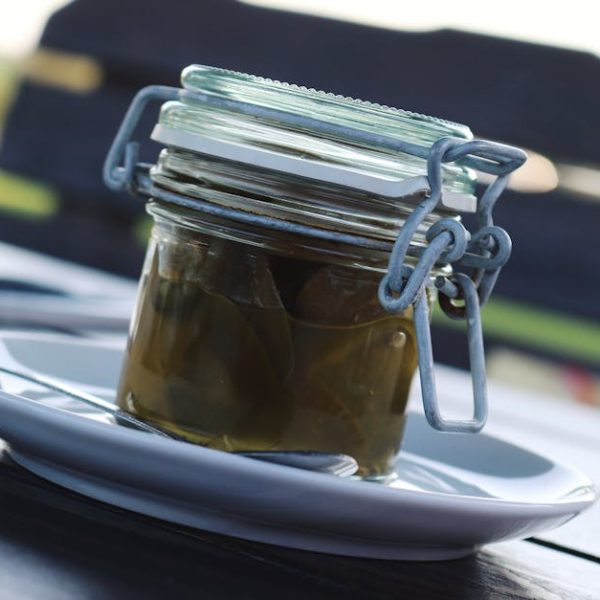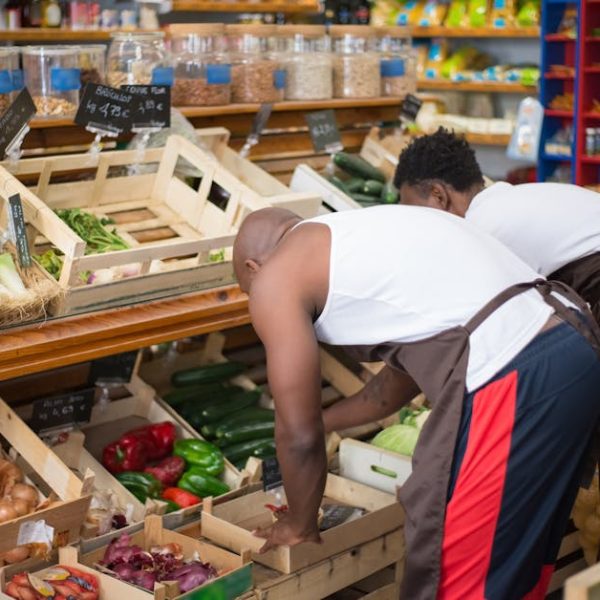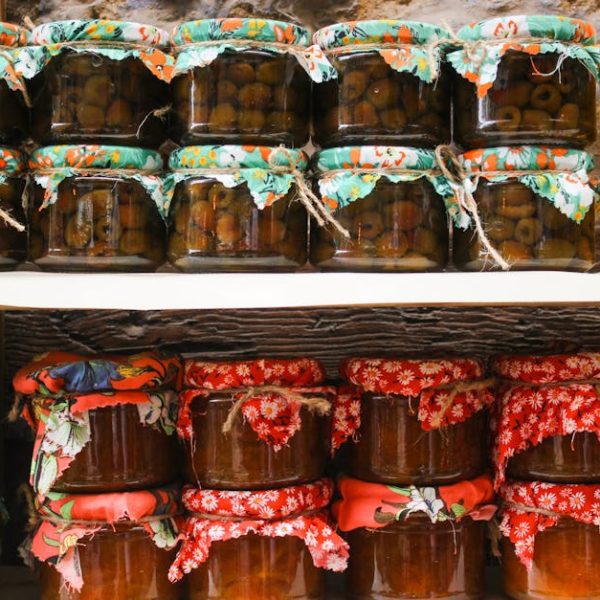For all kitchen enthusiasts, canning tomato sauce at home is a delightful skill to master. Not only does it allow you to have control over the quality and quantity of ingredients, but it also ensures a ready supply of this culinary staple just a pantry away. Let’s walk you through each step of creating the perfect home-canned tomato sauce.
Gathering Your Ingredients
One indispensable factor in crafting an irresistible tomato sauce is the quality of your tomatoes. Remember, ripe, juicy tomatoes lend a rich and robust flavor to your sauce. Other must-have ingredients include the basics – fresh basil, aromatic garlic, and salt – along with optional spices like black pepper or chili flakes that cater to your taste buds. Here’s what you’ll need for a standard batch:
- 10 pounds of fresh, ripe tomatoes
- 2 good-sized bunches of basil
- 6 cloves of garlic
- 2 tablespoons of salt
- Optional spices: black pepper, chili flakes, etc.
Pro Tip: Select ripe tomatoes that are firm to the touch, heavy for their size, and without any surface blemishes. Local farmer’s markets are a great place to source your tomatoes for superior quality and taste.
Preparing Your Tomatoes
Prepare your tomatoes by thoroughly washing them to remove any dirt or residue. Then, peel your tomatoes – this step is key in achieving a velvety smooth sauce. Some people prefer seeding and coring the tomatoes to avoid a grainy texture, but it is optional and depends on your personal preference.
Best Practice: To peel tomatoes easily, cut a small x on the bottom of each tomato. Blanch them in boiling water for about 30 seconds, then quickly transfer to ice water. The skins will peel right off!
Seeding the tomatoes results in a smoother sauce but might reduce the quantity a bit. On the other hand, leaving seeds in provides more bulk but might affect the texture. Choose the method based on your taste preference.
Cooking the Tomato Sauce
Begin cooking your tomato sauce by combining all your ingredients in a heavy-bottomed pot or Dutch oven. Stir often to enable even cooking and prevent the sauce from scorching.
✅ Checklist:
- Combine tomatoes, basil, chopped garlic, salt, and optional spices.
- Cook on medium heat, stirring often until tomatoes are broken down.
- Puree the sauce with a blender for a smoother texture (optional).
- Simmer until the sauce thickens to your desired consistency.
Pro Tip: Using a heavy-bottomed pot or a Dutch oven ensures better heat conductivity, resulting in a thick, rich tomato sauce that’s cooked just right.
Preparing and Filling Your Jars
Before you fill your jars with the tomato sauce, ensure they are sterilized to prevent any bacterial growth that could affect the quality of your sauce. Once sterilized, it’s important to use the correct technique to fill your jars, leaving the right headspace and removing air bubbles for adequate and safe preservation.
Best Practice: Leaving a 1/2 inch of headspace in each jar allows for expansion during the canning process. After filling your jars, remove air bubbles by running a clean knife around the inside of the jar.
Pro Tip: To check for a good seal, press the center of the lid after processing. If it doesn’t pop back, your jar is ready for storage.
Preserving and Storing Your Canned Sauce
Once your jars are filled and sealed, it’s time to preserve them for future use. This process involves boiling your filled jars in a canner or large pot and then allowing them to cool. The correct storage of your preserved jars is also crucial and can considerably impact the shelf life of your tomato sauce.
✅ Checklist:
- Place your filled jars in the canner or large pot and completely cover with water.
- Boil for about 40 minutes.
- Let jars cool undisturbed for 12-24 hours.
- Check the seal of your jars before storing them in a cool, dark place, upright and not touching.
Storing jars in cool, dark, and not-touching position increases the shelf life of the sauce, maintaining its quality. Not adhering to this rule might lead to premature spoiling, as heat and light can deteriorate the sauce over time.
Master this skill, and you will enjoy the aroma and taste of summer tomatoes all year long, preserved in your very own homemade sauce. Happy Canning!
Key Takeaway:
- Selecting ripe, high-quality tomatoes and using fresh ingredients are essential for a flavorful homemade tomato sauce.
- The process from preparing and cooking tomatoes to preserving and storing the sauce plays a crucial role in the final product quality.
- Preserving jars correctly and storing them in a cool, dark place extends their shelf life.
Remember, practice makes perfect. With every batch you make, you’re one step closer to mastering the art of home-canned tomato sauce. Happy canning, may your pantry always be stocked with these jars of culinary treasure.
FAQs
Q: Can I use canned tomatoes instead of fresh ones?
A: Yes, you can use canned tomatoes. However, the taste and quality of sauce made from fresh, ripe tomatoes are unbeatable. If fresh tomatoes aren’t accessible, look for good quality canned tomatoes without any added preservatives.
Q: Can I add other spices to my tomato sauce?
A: Absolutely! You can customize your sauce with other herbs and spices like oregano, thyme, bay leaves, or even a dash of wine. Just remember to adjust them according to your taste preference.
Q: What if I don’t have a canner?
A: If you don’t have a canner, you can use any large pot. Make sure the jars are completely submerged in water during the boiling process for safe preservation.
Q: How long does homemade canned tomato sauce last?
A: If properly stored, homemade canned tomato sauce can last for about a year. Always check the seal and store the jars in a cool, dark place for maximum shelf life.
Q: Can I freeze my homemade tomato sauce?
A: Yes, you can freeze your sauce if you prefer not to can it. Remember to leave enough headspace in the container to allow the sauce to expand when frozen.
Explore more culinary adventures on our website, and don’t forget to share this article with your fellow kitchen enthusiasts! Happy cooking!
